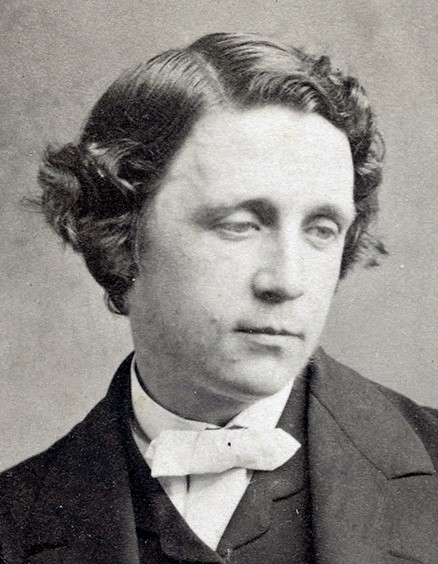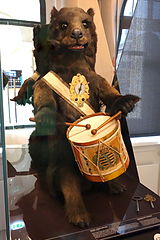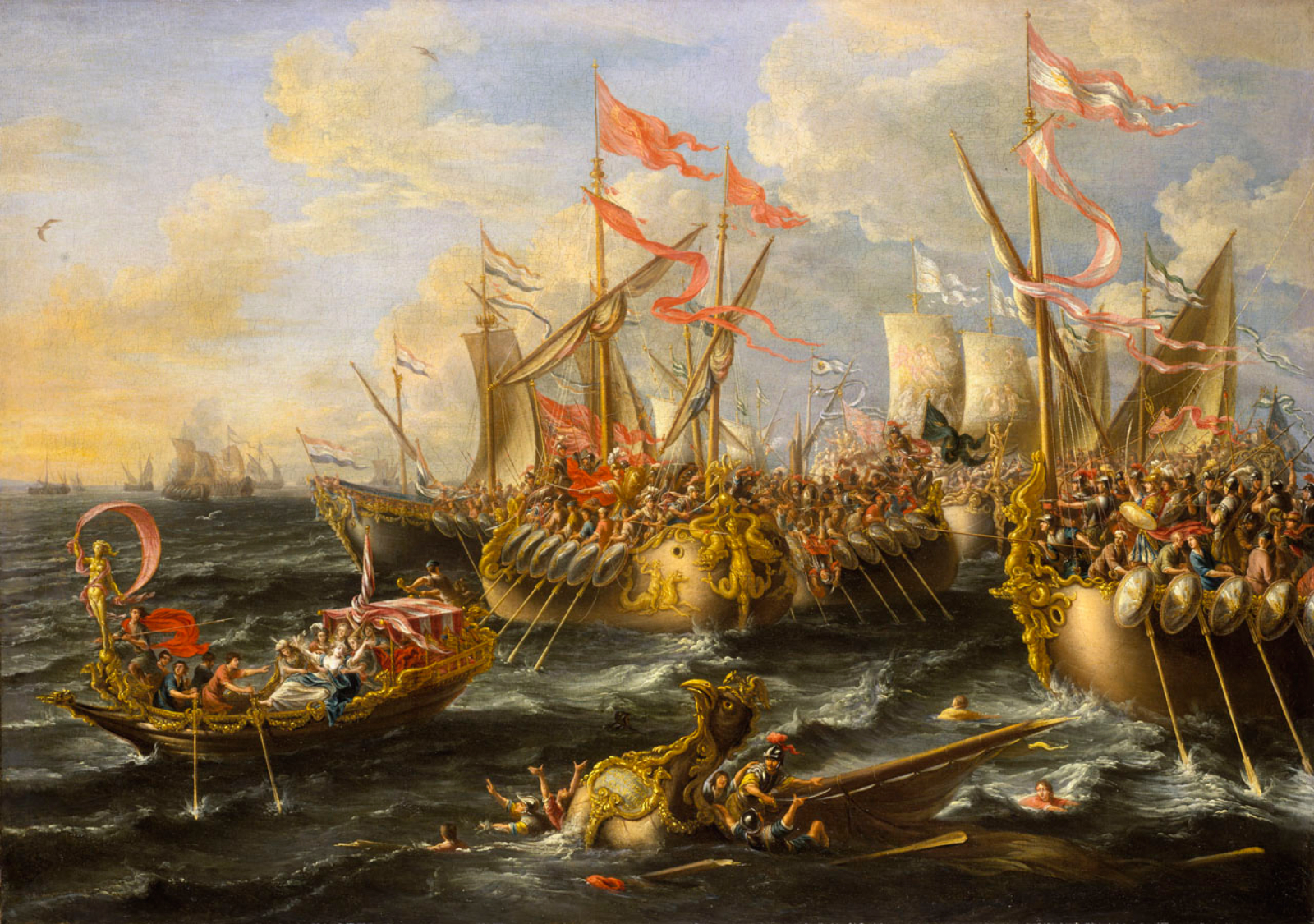The famous Egyptian queen, Cleopatra, is renown for her romantic liaisons with Julius Caesar and Mark Antony but before this, Cleopatra married both her brothers. Even more stunning is the fact that both Cleopatra's parents were most probably brother and sister. And many of her ancestors had also married cousins and siblings in order to maintain the "purity"
of their blood and to
ensure that the power to rule remained in the family.
 |
John William Waterhouse - Cleopatra
|
Cleopatra, who was born in about 69 BC, was the last member of the ruling dynasty, the Ptolemies, who ruled Egypt for nearly 300 years; the Ptolemies were descended from a Macedonian general who had served under Alexander the Great. Although much is said about Cleopatra's beauty, it seems that she was clever and charismatic too. She could speak many languages and she was well educated for the times.
Whilst still a teenager, Cleopatra had ruled the Egyptian kingdom jointly with her father. However, after Cleopatra's father, Ptolemy XII Auletes died in March 51 BC, Cleopatra
married her brother, Ptolemy XIII, as was the custom. As her brother was only 12 years old at the time, Cleopatra acted more as a sole ruler, which led to her brother's advisers conspiring against her and forcing her out of the kingdom.
Rome at this time was the great and growing power in the world, and so, Cleopatra worked out a plan to introduce herself to the powerful Julius Caesar. Cleopatra had herself wrapped up inside a carpet and delivered to Caesar, who was about 30 years older than Cleopatra. After successfully seducing and forming an alliance with Caesar who was already married, Cleopatra then ceremonially married her younger brother, Ptolemy XIV, in order to cement her authority.
After Julius Cesar was assassinated in 44 BC, Cleopatra employed theatrical strategy again, to enable her introduction to Mark Antony. Arriving dressed as Aphrodite
on a golden barge, rowed with silver oars and billowing purple sails, Antony was enchanted by Cleopatra. Of course, as was common in days of old, Mark Antony also believed himself to be the
Greek god Dionysus, in human form.
Cleopatra had given birth to Julius Caesar's son, Caesarion, and later, she delivered twins by Mark Antony. There were no children from the marriages with her two brothers.
By this time, the Roman Senate was outraged by the entanglement of Mark Antony with Cleopatra and
war was declared on Egypt. This led to Mark Antony committing suicide and Cleopatra famously invited an asp, a kind of
poisonous snake to bite her. Thus ending her life in a way that was
theatrical to the last.
Caesarion, Cleopatra's first son, was declared pharaoh of Egypt by his supporters. Soon, however, he was killed by Roman orders and Egypt became a Roman province called Aegyptus.







.jpg)
.jpg)

.png)






